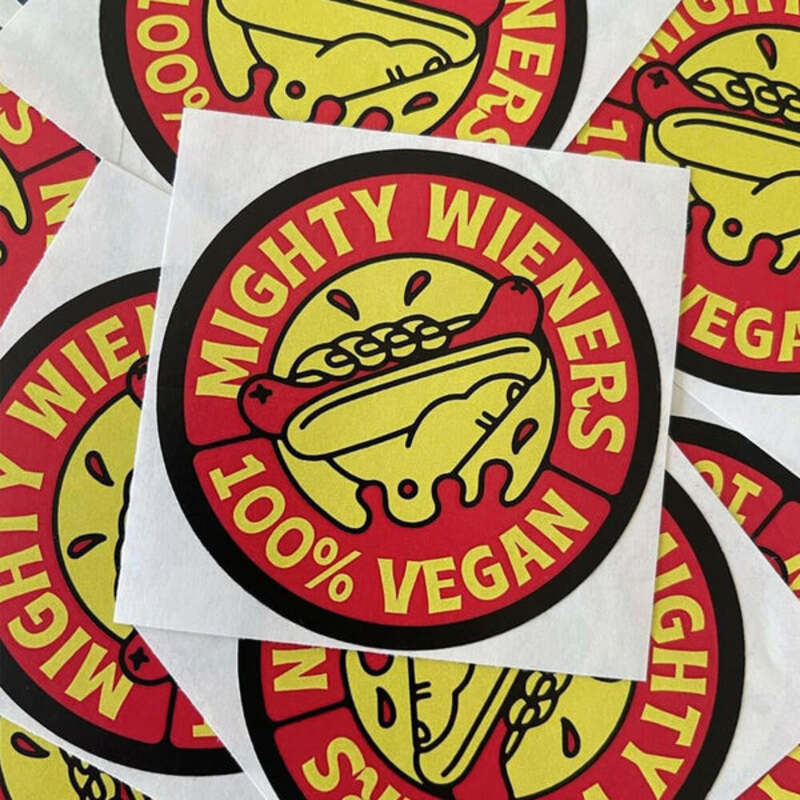The Art of Pizza Box Packaging
When one thinks of pizza, the mind usually conjures images of delicious toppings, sizzling cheese, and the enticing aroma that fills the air when a pizza is freshly baked. However, one element often overlooked is the packaging that holds this culinary masterpiece the pizza box. While it may seem mundane, pizza box packaging plays a vital role in the overall pizza experience, impacting everything from the freshness of the pizza to the unboxing experience for consumers.
Functionality and Freshness
The primary purpose of a pizza box is to contain the pizza while preserving its warmth and preventing it from becoming soggy. Traditionally made from cardboard, these boxes are designed with various features that promote insulation. The thickness of the cardboard and the presence of ventilation holes help maintain the ideal temperature and allow steam to escape, which is crucial in preventing moisture buildup that can lead to soggy crusts. Furthermore, the box's design typically includes a lid that securely seals the pizza inside, ensuring that it remains intact during transport.
In recent years, innovations in pizza box technology have emerged, including the introduction of corrugated materials and eco-friendly alternatives. These advancements not only improve temperature retention but also cater to environmentally conscious consumers. Many companies are now opting for recyclable or compostable materials, reducing their carbon footprint while providing an efficient and functional packaging solution.
Branding and Marketing
pizza box packaging

Beyond functionality, pizza box packaging serves as a powerful branding tool. The exterior design acts as a blank canvas for pizzerias to showcase their brand identity. Color schemes, logos, and illustrations can create a memorable visual impact, making the brand instantly recognizable to customers. Creative packaging can also communicate the quality of the product within. For example, a box that reflects a modern design ethos or incorporates artistic elements can elevate the perception of the pizza itself.
Moreover, interactive elements such as QR codes or unique designs can enhance customer engagement. Customers might scan a QR code to access exclusive promotions, loyalty programs, or even recipes for homemade pizza. This level of interaction can foster a deeper connection between the brand and its customers, leading to increased loyalty and repeat business.
The Unboxing Experience
In the era of social media, the unboxing experience has taken on new significance. Consumers often share their takeout experiences on platforms like Instagram and TikTok, showcasing not just the food but the entire packaging experience. Eye-catching pizza boxes can encourage customers to share their meals online, creating organic marketing opportunities for the pizzeria. This phenomenon emphasizes the need for packaging that is not only functional but also visually appealing.
Conclusion
In conclusion, pizza box packaging is much more than a mere vessel for delivering delicious food. It is an essential component that ensures the pizza remains fresh, serves as a marketing tool, and enhances the consumer experience. As the food industry continues to evolve, so too will the design and technology behind pizza box packaging. The future may hold even more innovative solutions that prioritize sustainability, functionality, and aesthetics, ensuring that every pizza not only tastes great but also looks great from the very moment it arrives at the customer's door. In this light, the humble pizza box emerges as a crucial player in the culinary landscape, proving that good things often come in well-designed packages.



